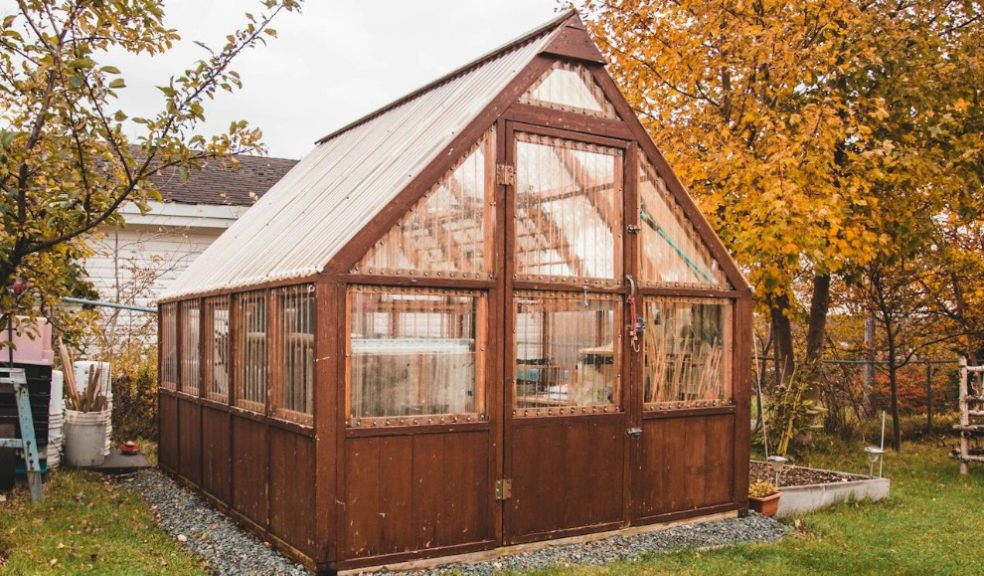
Creating a Sustainable Garden: The Role of Eco-Friendly Greenhouses
Creating a sustainable garden goes beyond aesthetics; it fosters a healthy ecosystem and promotes environmentally conscious choices. Eco-friendly greenhouses have gained popularity among gardening enthusiasts looking to reduce their environmental footprint while enjoying fruitful yields. By harnessing natural resources and promoting biodiversity, these structures can elevate your gardening experience into a sustainable practice beneficial to you and the planet.
The Environmental Benefits of Sustainable Structures
Choosing eco-friendly materials reduces carbon footprint, as they are renewable and biodegradable. Unlike metal or plastic options, these builds naturally blend with the surroundings, creating a harmonious gardening environment. Traditional wooden greenhouses add beauty to your space and have a lower environmental impact than their non-wood counterparts.
Additionally, eco-friendly designs are often well-insulated, maintaining temperature and moisture levels more effectively. This insulation reduces energy needs for heating, resulting in cost savings while supporting sustainable initiatives.
Implementing such a structure in your garden can encourage biodiversity. These environments provide habitats for beneficial insects and pollinators, crucial for a healthy ecosystem. By fostering a welcoming environment for wildlife, you enhance productivity and contribute to local ecological balances. Wooden greenhouses are not only eco-friendly, but they add an element of natural style, too.
Choosing the Right Greenhouse for Sustainability
Consider size, style, and materials when selecting the best eco-friendly option. Opt for models made from sustainably sourced timber, ensuring an environmentally responsible choice. Look for certifications indicating responsible forestry practices, such as FSC (Forest Stewardship Council) certification.
Think about the size of the structure. A larger design may serve multiple purposes, allowing for diverse plant growth, while a smaller one may better fit limited spaces or specific gardening goals. Lean-to and dwarf wall designs offer great solutions for smaller gardens or patios.
Consider features that enhance sustainability, such as rainwater collection systems or solar panels. These additions can significantly reduce reliance on municipal water and electricity, aligning with sustainable gardening goals.
As you choose your greenhouse, consider how it integrates into your overall garden plan. Select plants that complement each other and support pollinators, which thrive in an eco-friendly environment.
Maintenance Tips for a Sustainable Gardening Practice
Creating a sustainable garden is an ongoing effort; your greenhouse will require regular maintenance to function optimally. Proper ventilation is key. Adequate airflow regulates temperature and humidity, creating a healthier environment for plants. Automated vents or windows that open based on temperature changes can be beneficial.
Utilising natural pest control methods is crucial for maintaining sustainability. Encouraging beneficial insects like ladybugs or lacewings helps manage pest populations without relying on chemicals.
Regularly inspect for signs of damage or wear. Addressing minor repairs promptly maintains structural integrity and ensures continued effectiveness. Keep the greenhouse clean by removing fallen leaves and debris that can harbour pests or diseases.
Lastly, embrace composting as part of your gardening routine. Compost provides essential nutrients to plants while reducing waste, further enhancing garden sustainability.
Harnessing Renewable Energy for Your Greenhouse
Incorporating renewable energy sources into your greenhouse can significantly enhance its sustainability. Solar panels are a popular option, providing a clean energy source for heating, ventilation, and lighting systems. By harnessing the sun's energy, you reduce reliance on non-renewable resources and lower energy costs.
Consider the placement of solar panels carefully to maximise their exposure to sunlight throughout the day. Additionally, using energy-efficient LED lights can lower electricity consumption, ensuring that your greenhouse remains productive even on cloudy days or during the winter months.
Moreover, consider integrating thermal mass materials, such as water barrels or stone, which can absorb heat during the day and release it at night. This helps regulate temperature within the greenhouse, reducing the need for additional heating.
By implementing these practices and opting for eco-friendly structures, you engage in a rewarding endeavour that fosters a deep connection with nature while promoting ecological stewardship.

















